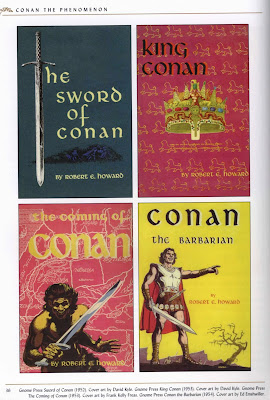by Ralph Macchio and Paul Gulacy
from Bizarre Adventures (Marvel / Curtis) No. 25, March, 1981
The March 1981, 25th issue of the Marvel / Curtis black and white comic magazine Bizarre Adventures (previously titled Marvel Preview) featured an all –female cast of 'Lethal Ladies', which included The Black Widow, 'Lady Daemon', and 'The Daughters of the Dragon'.
The Black Widow adventure, titled ‘I Got the Yo, You Got the String’, was written by Ralph Macchio. The plot, which has something to do with a double-double cross, is incoherent, but the comic features some really good artwork by Paul Gulacy, who models the Widow on Victoria Principal, who at that time in 1981 was a superstar due to her recurring role on the drama Dallas.
Gulacy also models some of the supporting characters in 'Yo Yo' on
other famous actors…..and if you look carefully, he pays homage to the op-art effects that Jim Steranko used in his 'Nick Fury Agent of SHIELD' comics from the mid-60s.
It's all part of Gulacy's approach to illustration that makes it worth showcasing more than 30 years after it first appeared.
It's all part of Gulacy's approach to illustration that makes it worth showcasing more than 30 years after it first appeared.



















































































